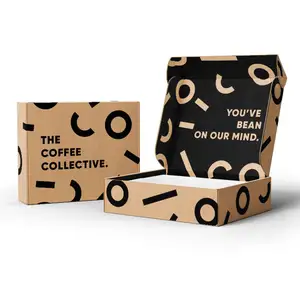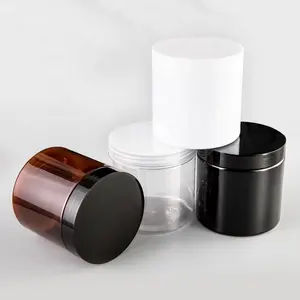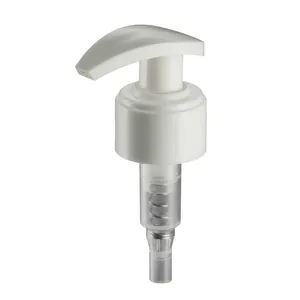Cosmetic packaging functions as containers for a broad range of cosmetic products, including serums, creams, lotions, ointments, gels, and powders.
Forms of cosmetic packaging
Various types of cosmetic containers available in the market are keeping up with the pace of product development in the cosmetics industry and consumer demand. For creams and lotions, suitable containers are squeeze tubes or a low-glass cream jar. For serums and gels, a glass bottle or an airless bottle pump is useful. Cosmetic bottles range from perfume glass bottles to skincare bottles and glass cosmetics jars, among others. These bottles are then complemented with cosmetic boxes for a complete product package. Good cosmetic packaging helps ensure the safety and efficacy of the product throughout its shelf life. Cosmetic products also require sealed packaging to prevent them from contamination or drying out.
Customizing cosmetic packaging
Cosmetic packaging manufacturers specializing in glass or plastic bottles and containers offer them wholesale so that customers can get the most value for an order. They also provide sustainable cosmetic packaging options, such as cosmetic boxes made with recyclable paper products. Eco-friendly cosmetic packaging can help reduce the products' overall carbon footprint and the production of waste. For customization requirements, close coordination with any cosmetic packaging supplier supports optimal results. Cosmetics industry producers or product development teams can indicate their preferred container, tube or bottle cap and the type of nozzle, applicator, or tip for the head injection if any. Suppliers can print the brand design onto a particular bottle, jar, or tube. Product information and other details can be included in the insert or external packaging. Suppliers then submit a sample of the assembled product packaging for the customer's review and approval. When the design and approval steps are finished, the supplier moves forward with producing the required number of packaging units that the customer needs.








































 浙公网安备 33010002000092号
浙公网安备 33010002000092号 浙B2-20120091-4
浙B2-20120091-4